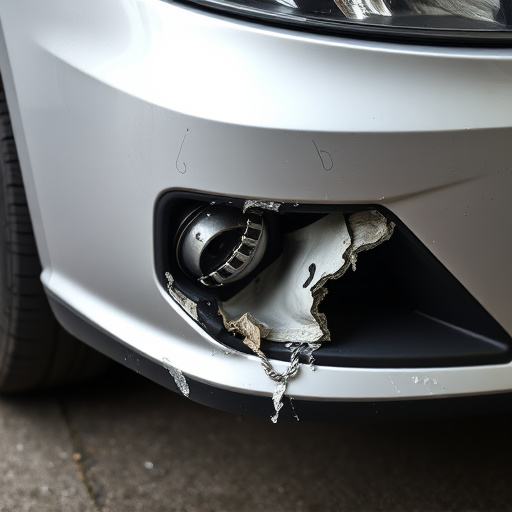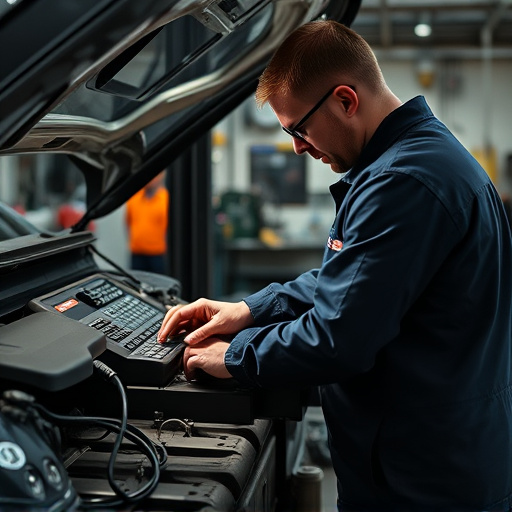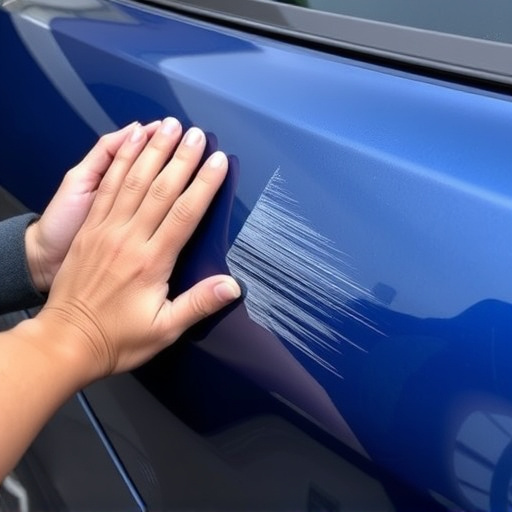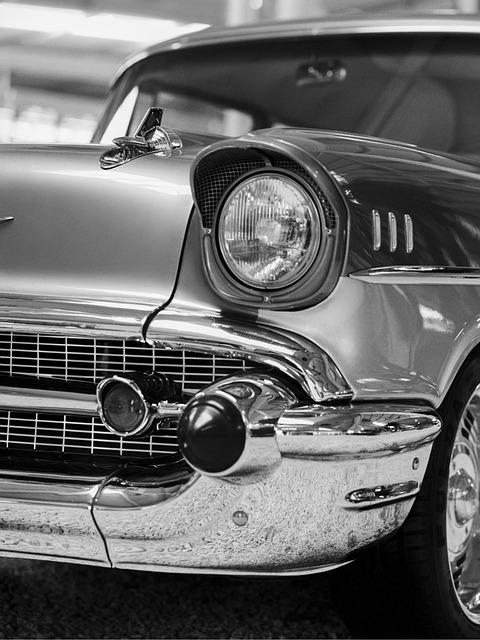Structural adhesive bonding is a modern alternative to traditional fastening methods, using specialized adhesives for strong, seamless bonds in complex automotive repairs. It offers superior strength and aesthetics, streamlining the process with precise reconstruction but faces challenges like setup time and surface preparation requirements. This technique is ideal for intricate assemblies and preferred in industries demanding precision and durability.
“In the realm of construction and manufacturing, joining materials presents a fundamental challenge. This article offers an insightful exploration of two prominent methods: Structural Adhesive Bonding and Mechanical Fastening. We’ll delve into the fundamentals of adhesive bonding, its advantages, and potential drawbacks, contrasting it with the diverse alternatives and applications of mechanical fastening techniques. By understanding these options, professionals can make informed decisions for various projects.”
- Understanding Structural Adhesive Bonding Basics
- Advantages and Disadvantages of Adhesive Bonding
- Mechanical Fastening: Alternatives and Applications
Understanding Structural Adhesive Bonding Basics
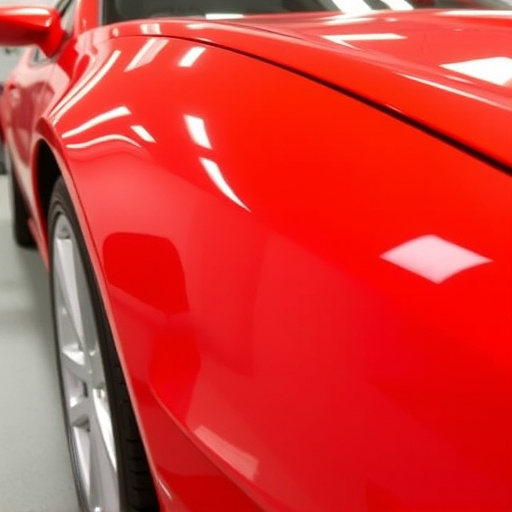
Structural adhesive bonding is a process that utilizes strong adhesives to join materials together, creating a robust bond that can withstand significant stress and pressure. This method involves applying a thin layer of adhesive between two surfaces, which then hardens to secure them firmly. Unlike mechanical fastening, where nails or screws are used, structural adhesive bonding offers a seamless finish and provides exceptional strength without the need for visible fasteners.
In the context of automotive collision repair and car body restoration, understanding this technique is crucial. It allows technicians to precisely rebuild damaged car bodies, ensuring structural integrity while achieving a factory-like finish. By eliminating the need for drilling or screwing, it simplifies the repair process, making it an efficient solution for restoring car bodywork to its original condition.
Advantages and Disadvantages of Adhesive Bonding

Structural adhesive bonding offers several advantages over traditional mechanical fastening methods for various applications, including car body restoration and frame straightening. One of its key benefits is the ability to create seamless and strong bonds between surfaces, often surpassing the strength of the materials themselves. This makes it ideal for situations where a secure, long-lasting connection is required without visible fasteners. Adhesive bonding also allows for greater design flexibility, enabling complex shapes and configurations that might be challenging or impossible with mechanical fixing. It’s particularly useful in collision repair services, ensuring a precise and efficient reconstruction process.
However, adhesive bonding does have its disadvantages. The process requires careful preparation and cleaning of surfaces to ensure optimal adhesion, which can increase initial setup time and cost. Moreover, certain adhesives may be sensitive to environmental conditions like temperature and humidity, requiring specific storage and application considerations. Unlike mechanical fastenings that provide easy disassembly and modification, adhesive bonds are often permanent, making repair or disassembly more complicated. Yet, with the right selection of adhesives and proper application techniques, these drawbacks can be effectively mitigated.
Mechanical Fastening: Alternatives and Applications

Mechanical fastening is a traditional method that relies on physical connections to join materials together. While it’s a reliable technique with various applications, such as in car dent removal and tire services, it often requires additional steps for preparation and might not be suitable for all types of materials or complex designs. In contrast, structural adhesive bonding offers a more advanced solution by using specialized adhesives to create strong, lasting bonds. This method is particularly advantageous for intricate assemblies, ensuring seamless integration without visible fasteners.
In situations like hail damage repair, where multiple surfaces need to be securely attached, structural adhesive bonding can provide superior strength and aesthetics. It allows for efficient repairs, often with minimal disruption to the overall structure, making it a preferred choice in industries where precision and durability are key.
Structural adhesive bonding offers a powerful alternative to mechanical fastening, providing enhanced stability and durability in various applications. By understanding the basics, advantages, and potential drawbacks of this method, engineers and designers can make informed decisions for their specific projects. While mechanical fastenings still have their place, especially in situations requiring quick assembly or disassembly, structural adhesive bonding is a game-changer for long-term, high-strength connections, ensuring a robust and reliable construction process.



